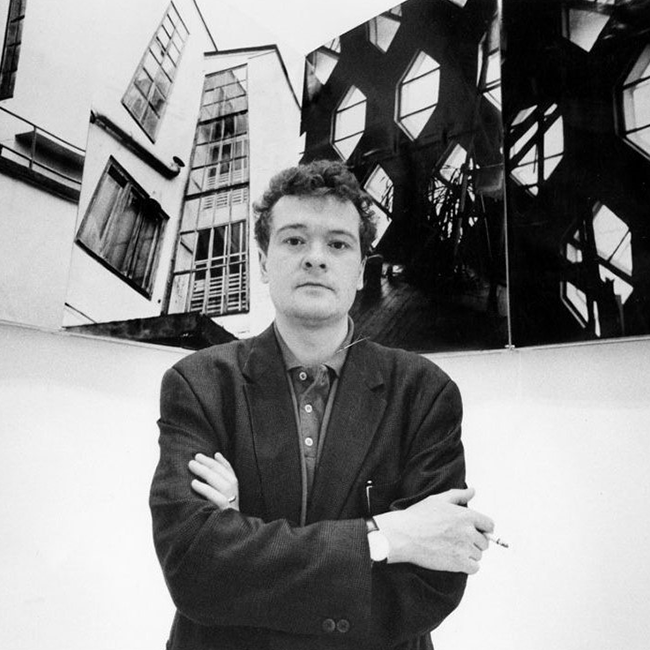Günther Förg
Günther Förg was born in 1952 in Germany. His career began in the early 1970s as a student at The Academy of Fine Art Munich. During his studies, Förg developed a practice grounded almost exclusively in grey and black monochrome. These early investigations into gray – also called ‘Gitter’ paintings – demonstrate the beginning of a lifelong commitment to conceptualism. While the artist later incorporated color into his monochrome series, his use of gray represents a neutral foundation from which he conceived his oeuvre.
In the 1980s, Förg began utilizing photography, printing large-format images of culturally significant architectural structures, from Bauhaus buildings in Tel Aviv to Fascist constructions in Italy.
Förg entered a new phase of experimentation in the late 1980s, which brought him back to painting, but also included the embrace of new materials, such wood, copper, bronze, and lead.
In pursuit of further artistic experimentation Förg began producing fragmented body-part sculptures in the early 1990s, describing this arrival at figuration as inevitable.
By the beginning of the 21st century, Förg’s paintings had left the formality of Minimalism behind. In a new direction, he incorporated a brighter palette and more expressive hand with a series of grid-like marks and intersecting colors. These paintings command a similar freedom of form and sensuality that has led to critical comparisons to Cy Twombly.

Günther Förg was born in 1952 in Germany. His career began in the early 1970s as a student at The Academy of Fine Art Munich. During his studies, Förg developed a practice grounded almost exclusively in grey and black monochrome. These early investigations into gray – also called ‘Gitter’ paintings – demonstrate the beginning of a lifelong commitment to conceptualism. While the artist later incorporated color into his monochrome series, his use of gray represents a neutral foundation from which he conceived his oeuvre.
In the 1980s, Förg began utilizing photography, printing large-format images of culturally significant architectural structures, from Bauhaus buildings in Tel Aviv to Fascist constructions in Italy.
Förg entered a new phase of experimentation in the late 1980s, which brought him back to painting, but also included the embrace of new materials, such wood, copper, bronze, and lead.
In pursuit of further artistic experimentation Förg began producing fragmented body-part sculptures in the early 1990s, describing this arrival at figuration as inevitable.
By the beginning of the 21st century, Förg’s paintings had left the formality of Minimalism behind. In a new direction, he incorporated a brighter palette and more expressive hand with a series of grid-like marks and intersecting colors. These paintings command a similar freedom of form and sensuality that has led to critical comparisons to Cy Twombly.
